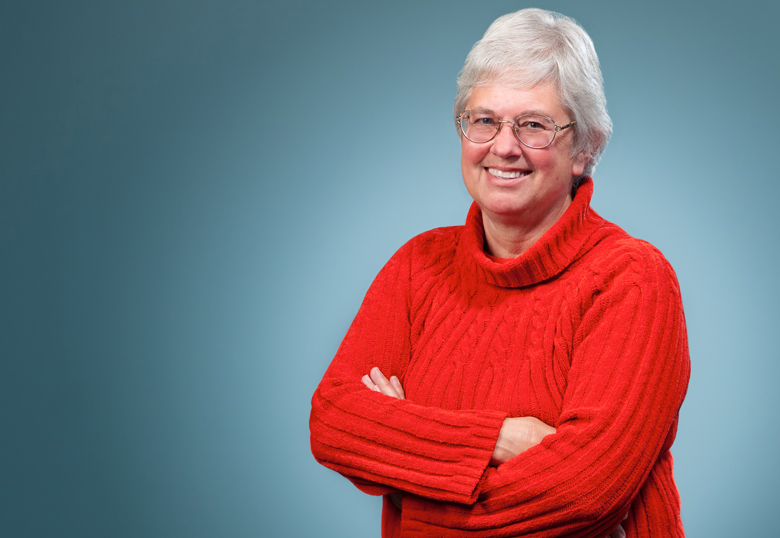How can the movements of an octopus and a worm relate to the human tongue and its ability to make speech sounds?

The University of Lethbridge’s Dr. Jennifer Mather (psychology) is in the midst of a three-year study, funded by a National Science Foundation INSPIRE grant, with researchers from the University of Southern California that will compare the movement systems of three very different animals that have some remarkable similarities.
“Most of us are used to the idea that we move around with muscles attached to bones, but many movement systems don't do that,” says Mather, who leaves this week for a field study at USC. “Systems that move without bones are called muscular hydrostats, and they include those from very different animals – the human tongue, the octopus arm, and the whole nematode worm.”
The hydrostatic principle explains these movements. Their function is based on the resistance of fluids to compression. Squeezing in one part of a muscle exerts pressure on water in other parts of the muscle, forcing it to move.
The simple questions researchers are asking include what are the general principles of muscular hydrostat movement systems and how can we find the principles and then apply them to more conventional systems that do use bones?
Mather is a world-renowned authority on cephalopods – a category of boneless marine creatures that includes octupuses, squids and cuttle fish. As one of the University of Lethbridge’s most accomplished and longest serving faculty members, she has taught thousands of undergraduates everything from child development to the psychology of aging, all the while maintaining a rigorous research program.
Mather’s focus in the investigation is to create an ethogram, or catalogue of all the things that an octopus can do when it moves.
“For instance, all their eight arms can explore the sea bottom separately, and the mantle around its internal organs can blow water out the funnel to propel the octopus through the water,” says Mather of the amazing creatures. “Each of hundreds of suction cups on the arms can hold, lift and let go. They are even able to untie knots in surgical silk, unscrew lids off jars and move through mazes. But there must be rules for how they can move. There must be different rules to run a muscle system that has no fixed skeleton, like the octopus, from the rules that run for a muscle system with a fixed skeleton.”
Dr. Khalil Iskarous, assistant professor of linguistics at USC Dornsife, and a principal investigator on the project, will work with Dr. Andrew Gracey, an associate professor of biological sciences, as they examine the nematode worm C. elegans. Their portion of the project will study the worm’s use of dopamine, a chemical released by nerve cells to send signals to other nerve cells. Iskarous wants to look for connections between dopamine signals in C. elegans to linguistic problems in humans, specifically the speech disorders associated with Parkinson’s disease.
Gracey says the interdisciplinary nature of the project is one of the reasons it is so intriguing.
“It’s a real challenge to compare multiple systems, and this has been a challenge in biology for a long time,” he says. “You don’t have to do this if you’re going to work on one organism, but if you’re working on more than one organism, you need to be speaking the same language and be using the same types of descriptors. We’re still scratching the surface on this.”
Portions of this story are courtesy of Richard Hoops and USC News. A full text of their story is available here.

